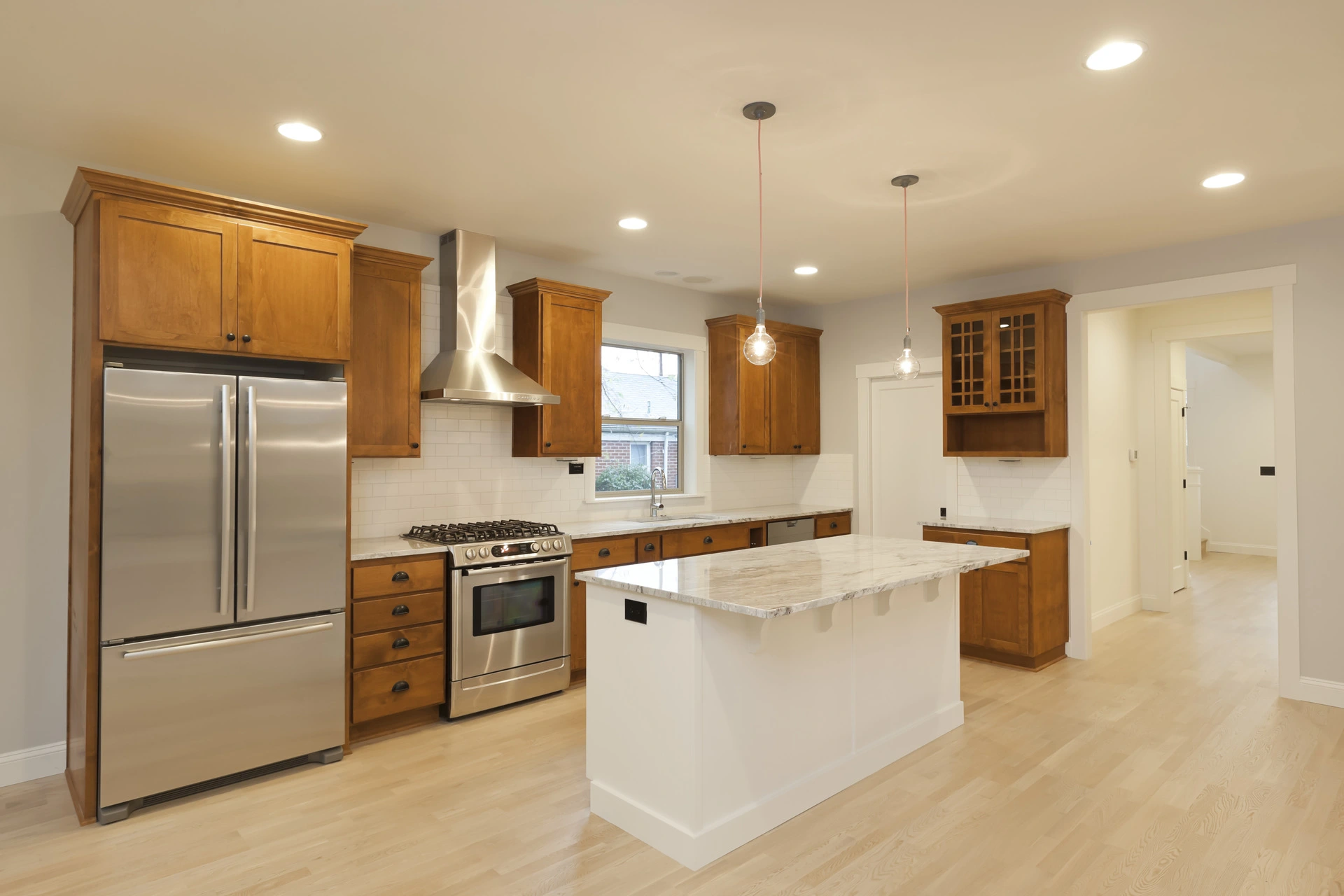If you’re a business owner with experience setting up a previous location, you’re likely familiar with most of the process. However, if you’re expanding to a new city, it’s important to note that while the overall steps are similar, each city may have unique requirements and regulations to navigate. If you’re embarking on a commercial tenant improvement project in the City of North Vancouver, understanding the permitting process is essential for a smooth renovation journey. Whether you’re a business owner, contractor, or general contractor, this comprehensive guide will help you navigate the key steps and requirements.
What Constitutes a Commercial Tenant Improvement?
A commercial tenant improvement project for a restaurant, retail store, or café involves renovating an existing space to meet the specific needs of the business while complying with local building codes and regulations. For a restaurant, this could include installing a commercial kitchen, upgrading ventilation systems, adding customer seating areas, and ensuring health and safety compliance. In a retail store, tenant improvements might involve custom shelving, lighting installations, and layout modifications to enhance the shopping experience. A café could require plumbing and electrical upgrades for espresso machines, customer seating arrangements, and aesthetic enhancements like branding and décor. These improvements help transform a generic commercial spa ce into a functional, inviting environment tailored to the tenant’s business operations and customer experience.
Is a Building Permit Necessary?
In most cases, yes. The City of North Vancouver requires a Building Permit for various construction activities, including:
- Demolishing a building or part of it.
- Constructing a new building or accessory structure, such as a garage, shed, or deck.
- Renovating or altering an existing building.
Obtaining a permit ensures that your project complies with safety standards outlined in the BC Building Code and other technical regulations.
Steps to Obtain a Building Permit for Tenant Improvements
- Pre-Application Preparation:
-
- Business License: Ensure that the business intending to occupy the space has applied for a Business License with the city.
-
- Design Consultation: Collaborate with design professionals to draft plans that meet both your vision and the city's building codes.
- Application Submission:
-
- Complete the Building Permit Application: This form requires detailed information about the proposed renovations.
-
- Prepare Detailed Plans: Submit comprehensive architectural drawings, including site plans, floor plans, and building code summaries.
-
- Additional Documentation: Depending on the scope, you may need to provide structural, mechanical, or plumbing plans.
- Review Process:
-
- Plan Examination: City officials will review your submission to ensure compliance with all applicable codes and bylaws.
-
- Revisions: Be prepared to make necessary adjustments based on feedback.
- Permit Issuance:
- Once approved, you'll receive your Building Permit, allowing construction to commence.
- Inspections:
-
- Schedule Inspections: Throughout the renovation, various inspections are required to verify that work aligns with approved plans and standards. cnv.org
-
- Documentation: Ensure all approved permit plans are on-site during inspections.
Key Considerations for Contractors and General Contractors
- Stay Updated: Building codes and regulations can change. Regularly consult the city's official communications to stay informed.
- Documentation: Maintain thorough records of all communications, plans, and permits to ensure a seamless process.
- Coordination: Effective collaboration with city officials, clients, and subcontractors is essential for timely project completion.
For more detailed information and resources, visit the City of North Vancouver’s official website on Commercial Tenant Improvements.
By adhering to these guidelines and working closely with the city’s Building Department, your commercial renovation project can proceed efficiently, ensuring a space that’s both functional and compliant.

